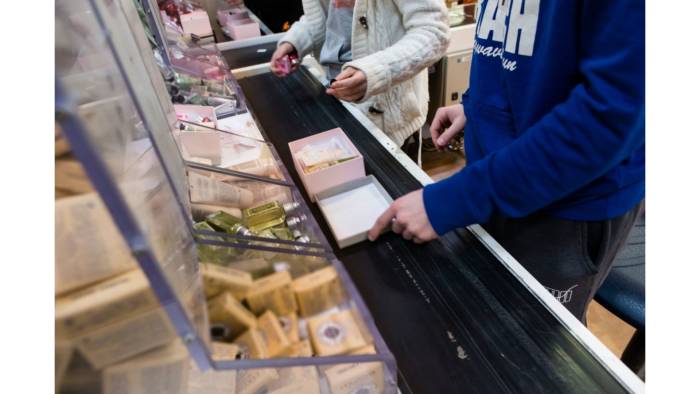Are goods-to-man systems the solution for large volume piece-picking?
What you need to think about before investing in goods-to-man systems. Is goods-to-man a silver bullet to solve the challenges of large volume piece-picking?
On September 23, 2020

What you need to think about before investing in goods-to-man systems. Is goods-to-man a silver bullet to solve the challenges of large volume piece-picking?
On September 23, 2020
Piece-picking can be time-consuming if not optimized properly. As your business thrives, automated solutions might be worth the investment. While it might not be the best solution for all, goods-to-man systems can be the answer to some e-commerce and retailers’ piece-picking challenges.
For years, warehouses have managed piece-picking (or man-to-goods) manually. Today, it’s often enhanced by some technology like picking handguns and moving equipment. In fact, manual piece-picking requires more time and movements to fulfill orders. It also keeps labor costs high, and the need for special equipment when scaling.
As you expand, your picking process needs to adapt to larger volumes and sometimes more complexity to remain efficient. Find out more about picking efficiency by reading our 5 Powerful Ways To Master Picking Accuracy And Boost Customer Satisfaction.
As the name suggests, goods-to-man systems automatically bring ordered items to the worker. Pieces can then be collected, packed, and then shipped. It includes automatic conveyors, carousels robots, or even drones for example.
Several parameters should be considered before implementing a goods-to-man automated system:
Those picking engines do represent an investment. But, they will improve order accuracy, picking capacity per hour, and also release storage areas.

To ensure goods-to-man implementation success, you need to think about:
Start by optimizing your existing picking process.
Multi-order picking for B2B and B2C flows
Use trolleys to prepare many orders at the same time. Some of them come with weight control for more precision. In the end, you’ll reduce warehouse movements up to 12 times and improve traceability.
This kind of trolleys allows you to prepare up to 12 orders simultaneously. Your WMS (Warehouse Management System) checks the requests and evaluates the best picking route. As a result, it guides the agent to each spot and avoids unnecessary walking. Moreover, barcode scanning ensures quality and accuracy.
Cross-docking for B2C orders
Reduce stock costs by preparing orders right after receiving the items. Therefore, it lowers movements, preparation costs, as well as shipping time for your customers. Suitable for B2B orders but ideal for B2C operations.
The cross-docking (or splitting) process can manage an average wave of 50 orders. Your WMS breaks orders by entire box or pieces-picking. Then, employees can handle the picking process before packing and shipping completed parcels.
Turn your warehouse into a sustainable and efficient business with our Ebook “Order Preparation Best Practices for Logistics Professionals“
How can we help you ?
Fill in the form